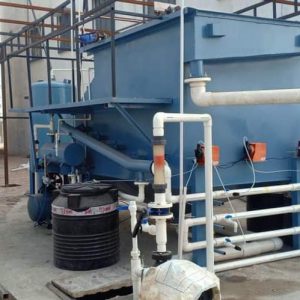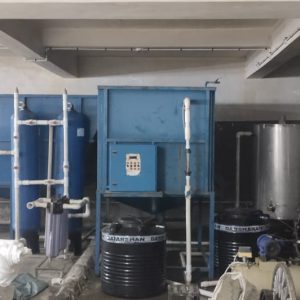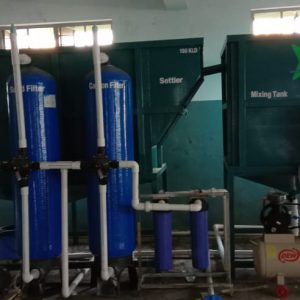Common Effluent Treatment
The CETP in this study was designed for collection and treatment of effluent from the chemical and textile industries in an industrial cluster in Maharashtra, India. More than 90% of the member facilities belonged to the red category, indicating that they were of a highly polluting type and their effluent would require adequate treatment measures before disposal. This CETP had a conventional mode of treatment consisting of primary (an equalization tank and primary clari-flocculator) and secondary (an aeration tank and secondary clarifier) treatment processes.
Description
Common effluent treatment plants (CETPs) are treatment systems specifically designed for collective treatment of effluent generated from small-scale industrial facilities in an industrial cluster (Vyas et al., 2011). Individual effluent treatment plants (ETPs) generally face problems from lack of space, resources, capital cost, and specialized manpower for operation and maintenance, which are especially exacerbated for small-scale industrial facilities (Pathe et al., 2004). These problems are reduced by collective treatment of effluent from a large number of small-scale facilities at a single site where the effluent undergoes similar treatment to what it would be subjected to individually (Padalkar et al., 2016). This helps in terms of land conservation, better treatment at one location, easy operation and maintenance, and shared expenses. CETPs are designed to collect and treat effluent from a multitude of facilities, which can also require CETPs to deal with varying qualities and quantities of effluent (Vyas et al., 2011). Although equalization tanks present as a part of primary treatment in every CETP act to cause steady-state mechanisms in the effluent for further processing, there are a multitude of possible reasons for failure, including shock loads, damage to mixers, and clogging of pumps and plumbing systems, to mention a few (Du et al., 2014, Garcia et al., 2013).











